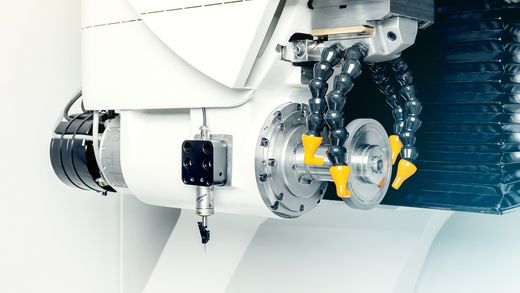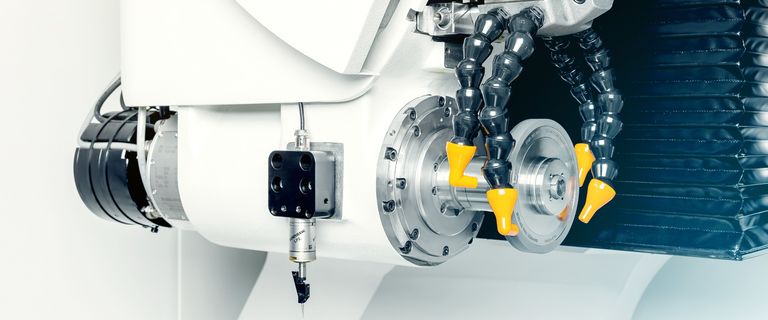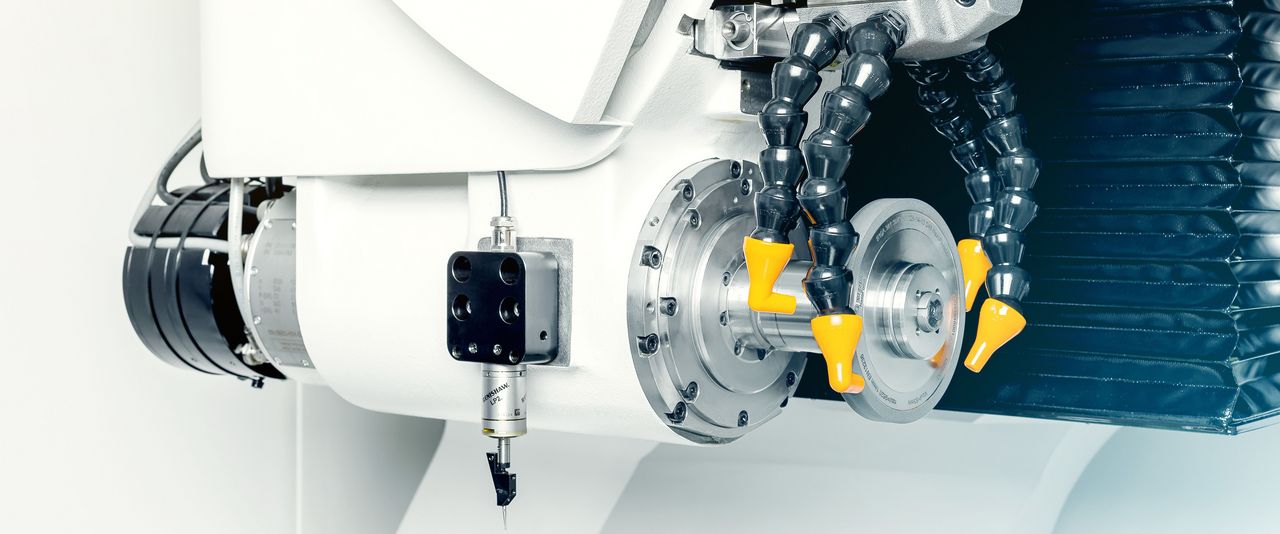How Not To Take Machine Health For Granted
Unless it is scheduled, machine manufacturers never want to think about downtime. The good fortune of full-tilt production is commonly seen as an acceptable reason to keep pushing onward, and when equipment is exceptionally reliable to begin with, operators can develop a false sense of security. But no amount of magical thinking changes the basic fact: nothing increases machine availability, boosts production consistency and quality, and avoids equipment failures and work stoppages the way preventive maintenance (PM) does.
Equipment life is much like human life – ideally, people will carve out time at reasonable intervals to help ensure their parts are in working order to function as long as possible in the best possible way for their age. However, the concept of PM isn’t often appreciated for the headaches it avoids down the line. Putting stock in PM and keeping equipment in prime condition instills peace of mind; it is an explicit declaration that running to failure is an unacceptable operational mindset.
A visual inspection of exposed machine parts by an experienced technician provides a lot of actionable information right away. Conditions that may be worsening can be caught and remedied early, before addressing them becomes exorbitantly expensive if they are neglected. The process typically begins with measuring the amount of backlash and deflection on each axis to determine if the measurement is within specification or beginning to show signs of wear.
Taking Control of Machine Geometry Health
Over time, grinding machine geometry becomes compromised when free movement, or backlash, can be measured that varies from factory clearances and design tolerances. Any out-of-spec gaps between parts will interfere with the precision of the machine’s operation. Thus, running a machine geometry check is a central element of grinding machine PM. Following is a description of what this entails:
Condition of the work piece carrier’s runout.
What is tested: Technician determines concentricity of the holder and checks the runout in the test bar of the A-axis. High runout translates into wobbling tools, index issues, and other tool finish problems.
Parallelism of the A-axis to the X-axis.
What is tested: Technician uses a test arbor to check the geometry of A in reference to X and adjust the zero point and centerline when necessary.
Parallelism of the Z-axis.
What is tested: Technician checks the parallelism of the Z-axis with a granite block, removing one of the shoes in the guide rails to check its condition, preload and backlash. A common root cause for an out-of-alignment Z-axis is bad rails.
Perpendicularity of the Y-axis to the upper plate.
What is tested: Technician checks and can make adjustments in the tool program if the Y-axis leans forward when the Z-axis rails are worn.
Perpendicularity of the grinding head to the upper plate.
What is tested: To avoid premature wear of ball screws, the technician straightens the Y casting position in the rails.
Other PM Focal Points
From the standpoint of hazard control, inspection of electrical components and safety devices is also extremely key to the PM process. Typically this includes inspecting the electrical cabinet, replacing batteries and measuring temperatures with a thermistor, which is very sensitive to small changes in temperature. Electrical components in cabinets should remain under 131° F (55° C). If a capacitor overheats because a blower fan isn’t working, the cost of failing to replace that fan costing under $100 can result in replacing a burned out CNC controller to the tune of $20,000.
Other checks include the emergency stop circuit and door-locking devices. Replacement of wear parts, and the oil change that everyone associates with PM, are on the list as well, involving the A and C axes and checking the preload to extend the life of the gears. Finally, the machine is recalibrated, and all of the activity should be documented in a maintenance report that details findings and recommendations for future action.
The Value in OEM-Trained Technicians
No one knows a machine like the team that built it, and health checks conducted by certified technicians set the stage for restoring the factory clearances and design tolerances that equipment was built for, freeing up plant personnel to do what they do best. When OEM-trained customer care experts look into the heart of a machine, they know exactly what they are seeing at every inspection point, and take the precise action to ensure the machine delivers the most accurate and repeatable results.
It’s important to note that regular PM can follow a schedule that works best for each operation. Intervals can span 4, 6, 12, 18 and 24-month time frames; regardless of which it is, making a commitment to PM is a commitment to machine health and business longevity.









